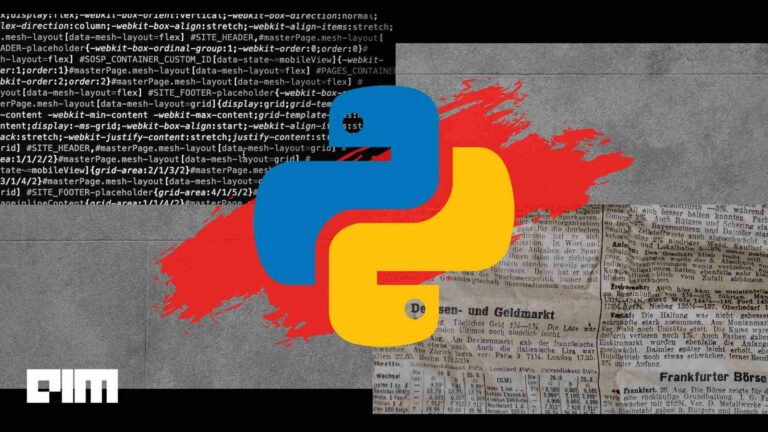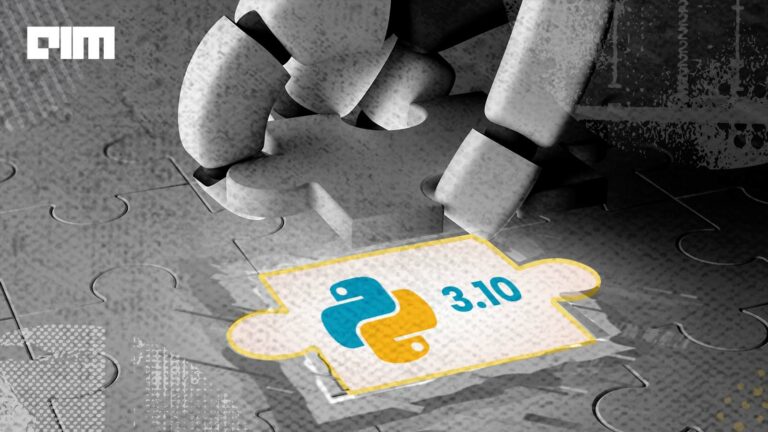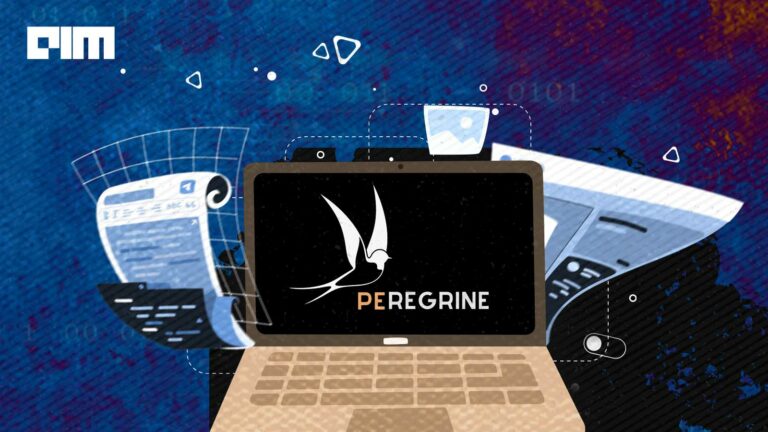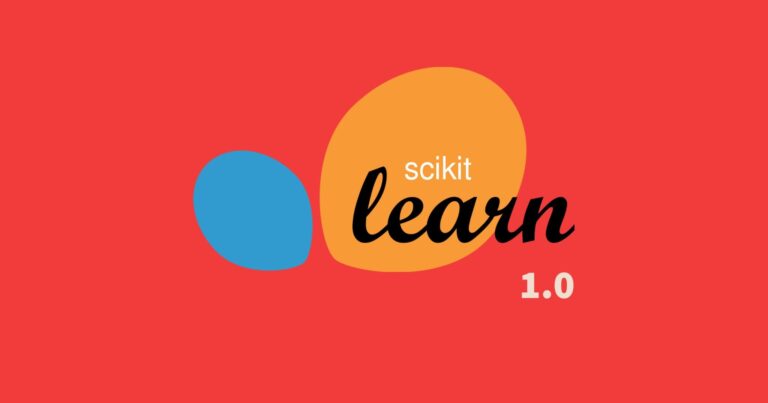Scikit-learn, a free software machine learning library for the Python programming language, has announced the latest Scikit-learn Version 1.0 with major updates and fixes.
“We just put out a release candidate for the next release (version 1.0), with many new features, and you can test it by `pip install — pre-scikit-learn`,” as per the post on Twitter.
We just put out a release candidate for the next release (version 1.0), with many new features, and you can test it by `pip install –pre scikit-learn`
— scikit-learn (@scikit_learn) September 8, 2021
Version 1.0.0 of scikit-learn requires python 3.7+, numpy 1.14.6+ and scipy 1.1.0+. Optional minimal dependency is matplotlib 2.2.2+.
One can find the complete details here.
Additionally, to promote clear and non-ambiguous use of the library, most constructor and function parameters must now be passed as keyword arguments (i.e. using the param=value syntax) instead of positional. If a keyword-only parameter is used as positional, a TypeError is now raised. #15005 #20002 by Joel Nothman, Adrin Jalali, Thomas Fan, Nicolas Hug, and Tom Dupre la Tour. See SLEP009 for more details.
The following estimators and functions, when fitted with the same data and parameters, may produce different models from the previous version. This often occurs due to changes in the modelling logic (bug fixes or enhancements) or in random sampling procedures.
- Fix manifold.TSNE now avoids numerical underflow issues during affinity matrix computation.
- Fix manifold.Isomap now connects disconnected components of the neighbours graph along with some minimum distance pairs instead of changing every infinite distance to zero.
- Fix the splitting criterion of tree.DecisionTreeClassifier and tree.DecisionTreeRegressor – can be impacted by a fix in the handling of rounding errors. Previously, some extra spurious splits could occur.
Scikit-Learn is one of the popular software machine learning libraries. The library is built on top of NumPy, SciPy, and Matplotlib and supports supervised and unsupervised learning. It also provides various tools for model fitting, data preprocessing, model selection and evaluation.
We have also prepared a list of the best and free resources to learn Scikit-Learn. One can find it here.




















































































